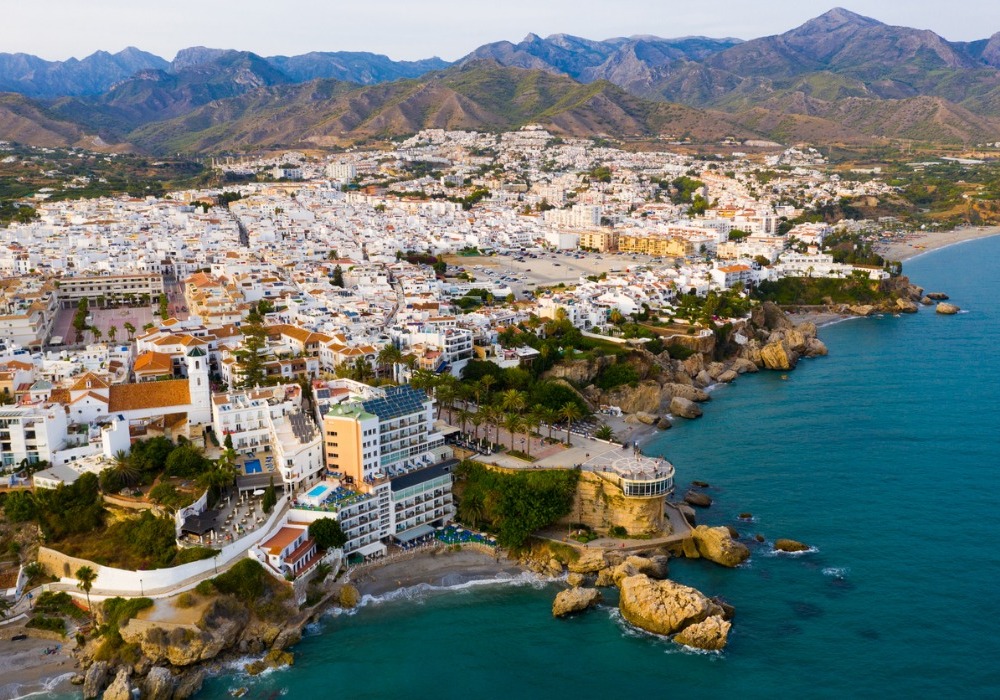Nerja is another major resort, the main attraction of which is the nearby huge, amazingly beautiful caves (Cueva de Nerja), along which a two-kilometer route is laid.
The caves in Nerja were discovered by accident. On January 12, 1959, a group of idly wandering young people from the nearby village of Maro came across caves that no one had known existed before.
Generally speaking, you will not surprise anyone with caves in Spain. But to keep caves of this size unexplored for so long literally under the noses of the local population (the total area of all the halls of the cave is about five professional football fields).
In addition to traditional stalactites and stalagmites, the caves of Nerja have preserved evidence of the artistic beginning of its primitive inhabitants: wall paintings dating back 20,000 years.
In one of the caves available for visiting, there is a concert hall for several hundred seats. Since 1960, the International Festival of Music and Dance has been held here every summer. At various times, Mstislav Rostropovich, Maya Plisetskaya, Montserrat Caballe and other famous creative personalities performed in the cave.
The caves, due to the specific configuration of the halls and the many leaks, have amazing acoustics. Sometimes traditional musical instruments sound very unusual to the ear. The sound reflected from numerous surfaces overlaps with the original one, and an interesting reverberation effect arises - after-sound, the gradual attenuation of the sound.
It is difficult to say unequivocally who first came up with the idea to equip a concert hall in the cave. But the primitive man knew about the acoustic properties of the caves, whose mystical rites required a special sound of the voice. In 1983, French archaeologists found out that the areas where the cave drawings are located have a peculiar sound palette, reminiscent of the fractional clatter of a herd, or the roar of a lion...
The town of Nerja itself is pretty and low-rise, with a picturesque coastline. Its main attraction is the observation deck of the Balcony of Europe (Balcon de Europa), protruding into the sea, so named by King Alfonso XII, who visited Nerja in 1885. size. Other attractions include the El Aguila aqueduct, Tutti Frutti Square, the municipal market, the Salvador Church.





